Search Results by Category
 AI Navigator
AI NavigatorAll information related to {{ key_word }}.
AI Navigation will guide you. Click here for information about {{ key_word }}.
 3
3
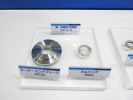 3
3
 3
3
 1
1
 2
2
 4
4
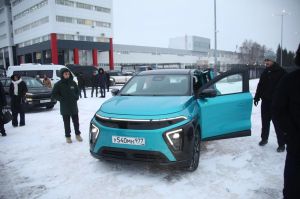 1
1
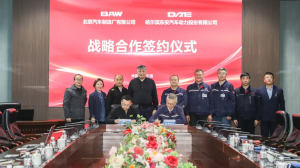 1
1
 3
3
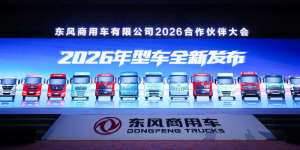 1
1
1 - 13 of 13 results
UN Regulations
pumps are electrically driven, an external circuit including pump, radiator and thermostat in relative positions which differ from those in the vehicle can be used. 19 Adopted proposal regarding UN regulation 90 2 S11 2023/130 2024/6/15 Replacement Brake Lining Assemblies - Amendments to allow sales by caliber/drum unit as well as by axle unit for L-category vehicles, with package and marking requirement - Amendments to allow to present prod...
Regulations Updated at: 2025/11/25
Fuel Economy/CO2 - USA Federal (LDV 2027MY~)
MY 2026 standards. The GHG emissions standards are performance-based, allowing manufacturers the choice of different technologies to achieve the required reductions in CO2 emissions; the EPA estimates that between MY 2030 to 2032 battery electric vehicles (BEVs) will constitute around 30% to 56% of sales of new light duty vehicles. Table A1 shows EPA’s projected CO2 emissions standards for the fleets of passenger cars, light duty trucks and ove...
Regulations Updated at: 2025/09/24
Fuel Economy/CO2 - USA Federal
emissions and fuel consumption standards for heavy-duty pickups and vans apply in largely the same manner as the Phase 1 standards. The same standards are in place for all manufacturers, but the average emission and fuel consumption rates that apply to each manufacturer depend on their vehicle type sales, with higher capacity vehicles (payload and towing) having less stringent targets. The standards for heavy-duty pickups and vans take the form o...
Regulations Updated at: 2025/09/24
Trends on Harmonization of Vehicle Standards at UN
(January 2023 Printed) 5. System for Reciprocal Recognition of Certification 5-1 System for Reciprocal Recognition Certification system is the one in which a government confirms that vehicles conform to the technical standards on safety and environmental protection before they are launched for sales in the market. Currently vehicles typically get their type approval within the framework of certification procedures established by respective g...
Regulations Updated at: 2025/04/25
France Passenger Cars & Light Duty Trucks
Cars & Light Duty Trucks Status Other Legislation Historical Data Updates are indicated with bold text. Status France is a member of the European Union (EU) and is subject to EU emissions legislation. Please refer to EU - Passenger car and Light Duty Truck. Other Legislation CO2 Based Sales Tax On 1 January 2008, France launched its Bonus-Malus scheme to reward buyers of low CO2 emitting passenger cars with a system funded by pena...
Regulations Updated at: 2024/12/13
Emission Standards - California State Passenger Cars & Light Duty Trucks (LDV/MDV 2026MY~)
ocedure documents for the standards. Optional certification to these 2026 MY and after emissions standards will be possible, in MY 2025, for both light duty vehicles and medium duty vehicles [1]. Provisions for Small Volume Manufacturers apply if a manufacturer's average model year California sales fall below 4500 units, taking into account light duty vehicles, medium duty vehicles and heavy duty engines and vehicles for three consecutive m...
Regulations Updated at: 2024/12/13
Emission Standards - California State Passenger Cars & Light Duty Trucks
relaxing the limits for medium duty vehicles) were published in the California Code of Regulations, Title 13, Section 1961.2 and the limit values shown in the following table reflect those changes . Note that manufacturers have an option of taking their total vehicle numbers from all production and sales in California only or from all production and sales from all of the states which apply Californian emissions standards. The main exhaust emissio...
Regulations Updated at: 2024/12/13
Emission Standards - USA (Federal) Passenger Cars & Light Duty Trucks
ing, fleet average NMOG + NOx limit is met. The maximum particulate limit for the bins is 3 mg/mile but that only applies to an annually increasing proportion of the fleet (see below). The SFTP based, particulate and NMOG + NOx standards are not arranged in bins but are phased in as a percentage of sales (see below). Several minor clarifications and corrections to the Tier 3 standards were included in an amendment published in February 2015 [10];...
Regulations Updated at: 2024/12/13
Emission Standards - EU Passenger Cars and Light Duty Trucks
later) and five years or 100,000 km, whichever is sooner. In-service conformity for evaporative emissions will have to be checked between 30,000 km or 12 months whichever occurs later and 100,000 km or 5 years, whichever occurs sooner.In-service conformity checks will not be mandatory if the annual sales of the in-service conformity family are less than 5,000 vehicles in the Union for the previous year. For these families, the manufacturer will h...
Regulations Updated at: 2024/12/13
Emission Standards - China Passenger Cars & Light Duty Trucks
[19], the China 6 standards are in place, nationwide, for all vehicles from 1 July 2020; all vehicles produced nationally and imported after this date have to comply with China 6 requirements. For vehicles manufactured or imported before 1 July 2020 that comply with China 5 standards, an additional sales period of six months can be added; these vehicles can be placed on the market until 31 December 2020. This derogation applies to the following p...
Regulations Updated at: 2024/12/13
Environmental Regulations - Brazil Passenger Cars & Light Duty Trucks
eterioration factor for evaporative and refuelling emissions must be applied to the test results. From the L8 phase, compliance with durability requirements for evaporative and refuelling emissions must be determined through ageing and testing (for evaporative control system families with estimated sales higher than 15,000 units per year), with different options given, including following Brazilian standard NBR 16927 or a procedure approved by th...
Regulations Updated at: 2024/12/13
Fuel Economy/CO2 - USA (California State)
are still in place and are covered in section 1961.3 [4] of Title 13 of the CCR (California Code of Regulations). As with the EPA regulations, for each manufacturer, compliance with the requirements is achieved when the average fleet CO2 emissions, for each model year, do not exceed the calculated sales-weighted average of the CO2 emission targets for the fleet of vehicles. The CO2 emissions target values for individual vehicles are detailed in ...
Regulations Updated at: 2024/12/13
Fuel Economy/CO2 - Canada
vely, as with the U.S. Federal standards. Another common feature is that the fleet average emission value takes into account emissions of carbon monoxide (CO) and hydrocarbons (HC). This ensures that other exhaust emissions that ultimately contribute to the formation of CO2 are also recognized. The sales-weighted average is calculated from the CO2, HC and CO emission test results for each model type. N2O and CH4 emissions are also subject to the ...
Regulations Updated at: 2024/12/13

 AI Navigator
AI Navigator




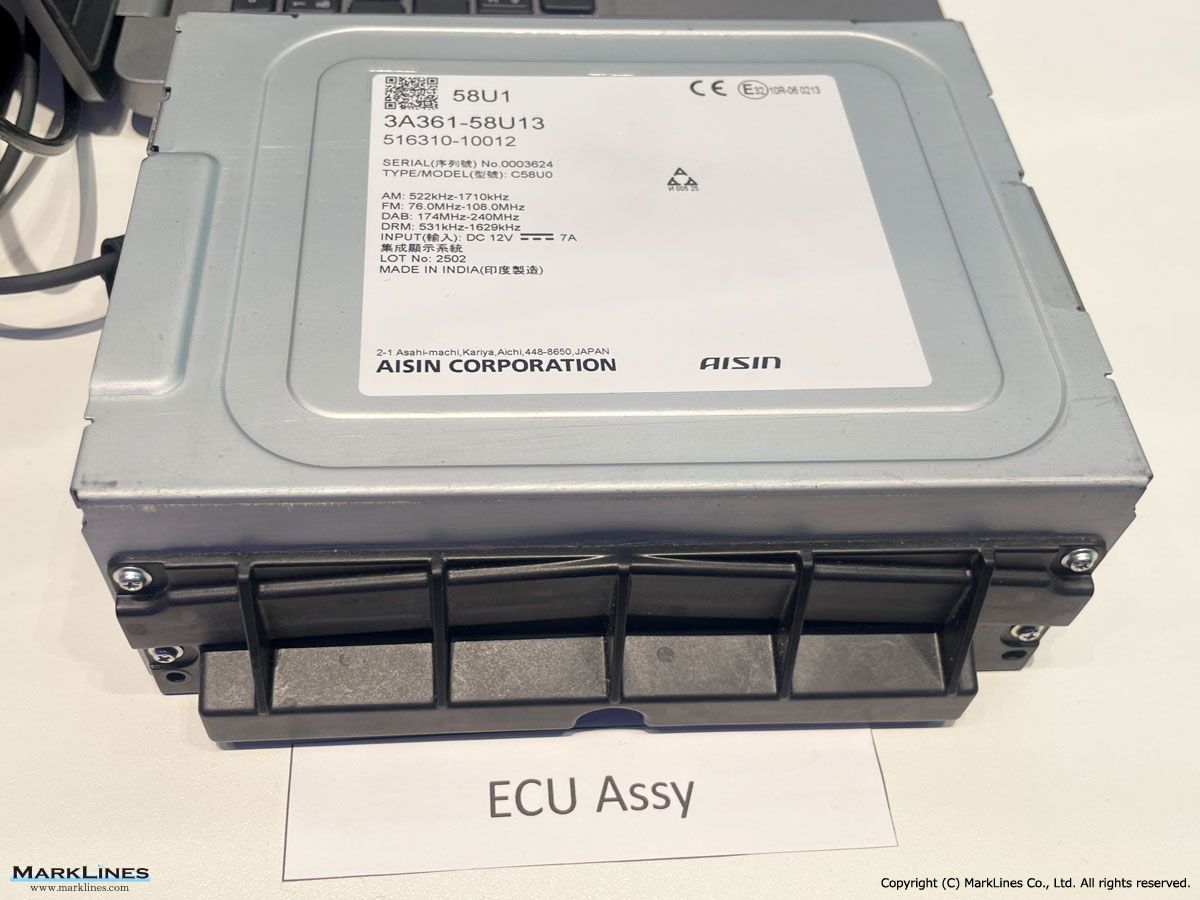
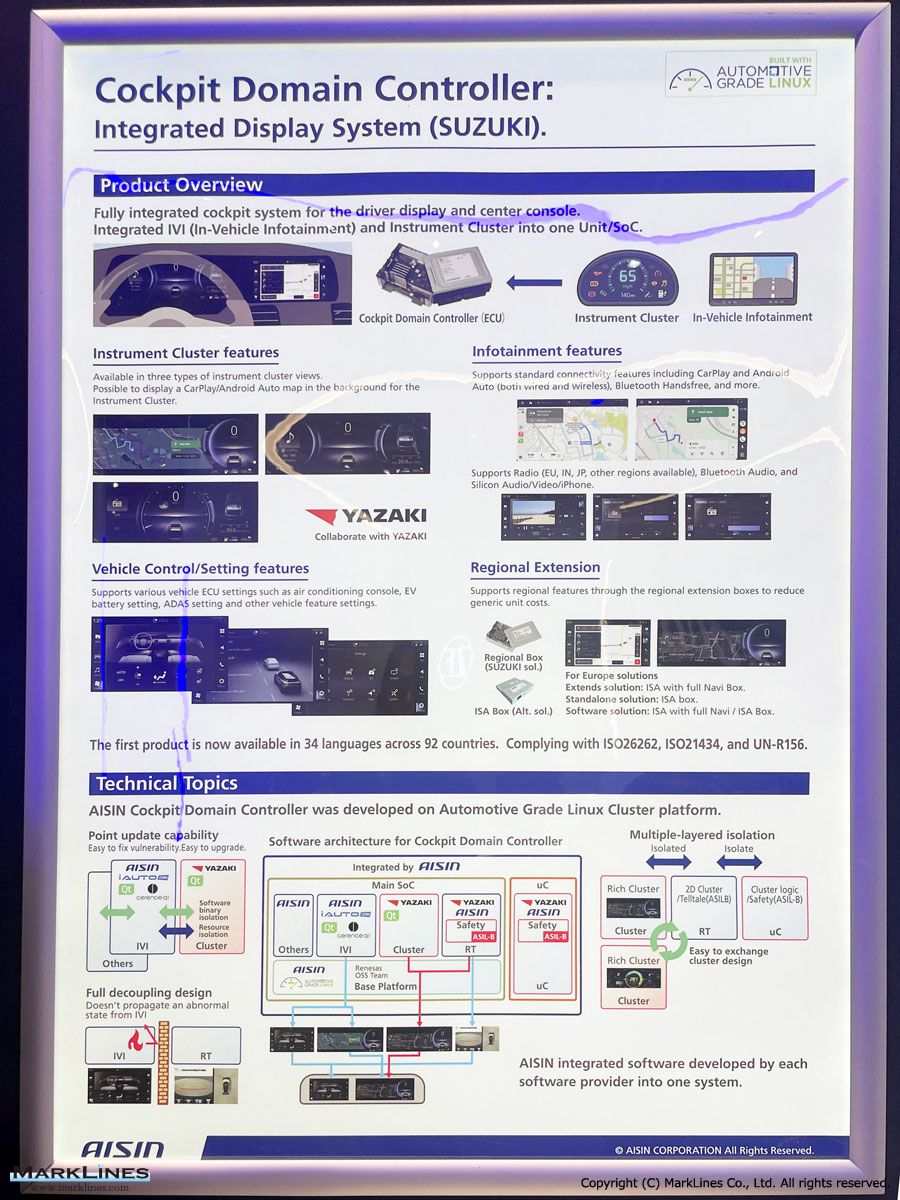
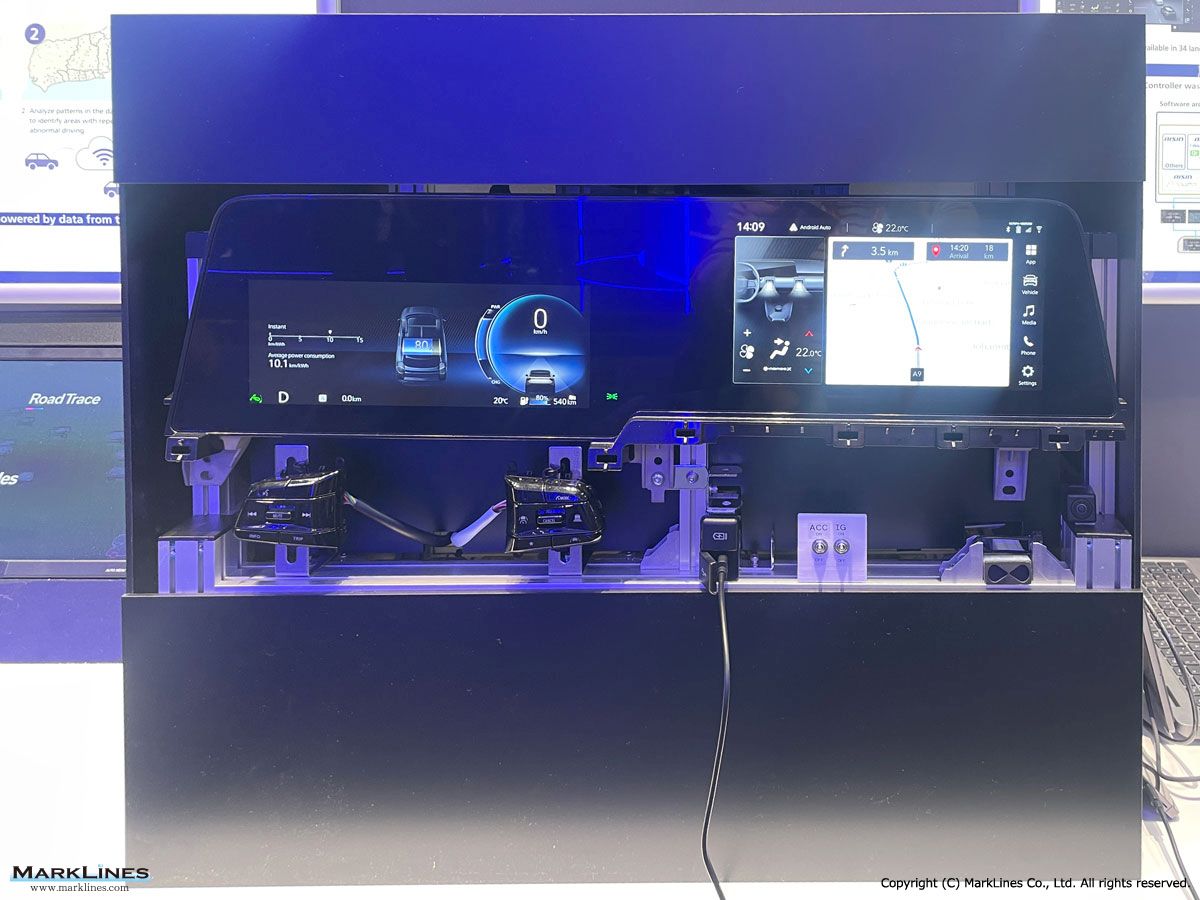


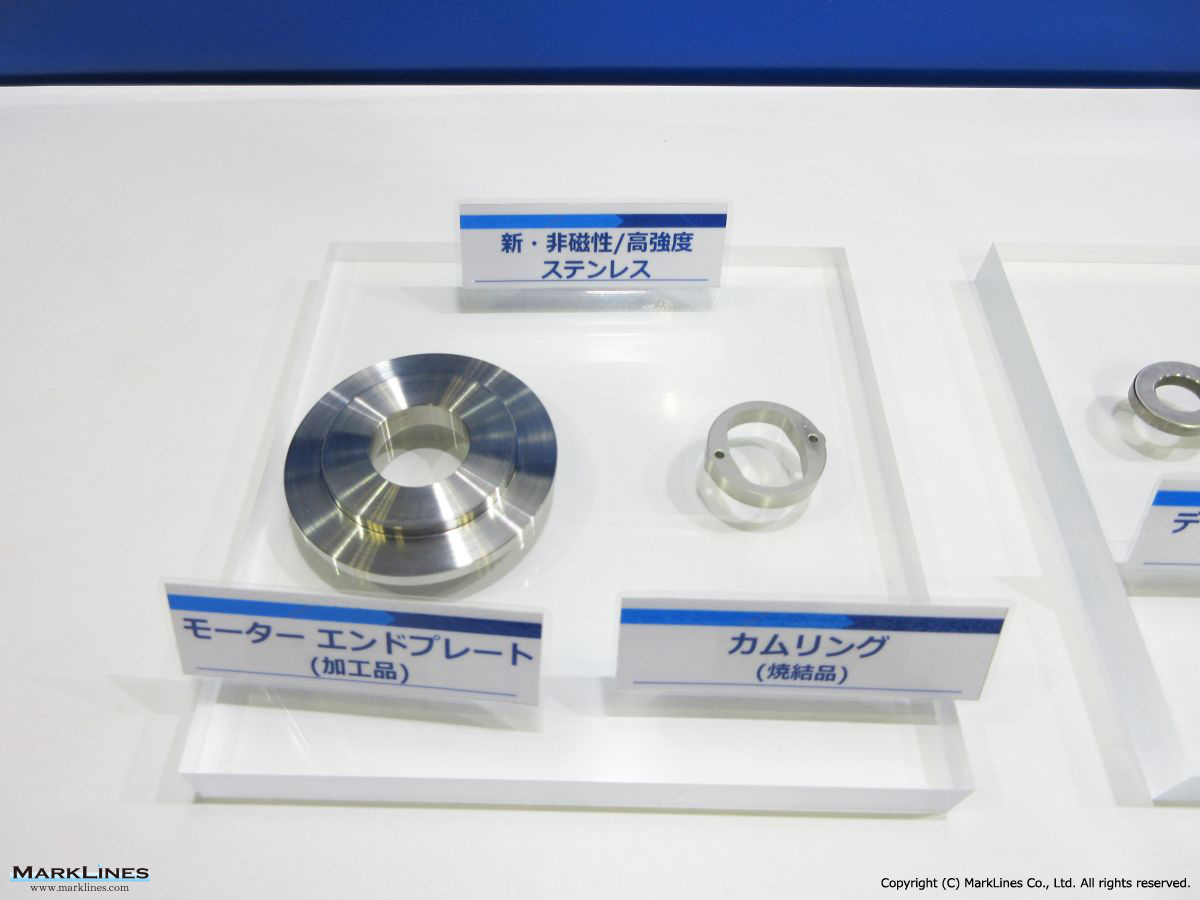
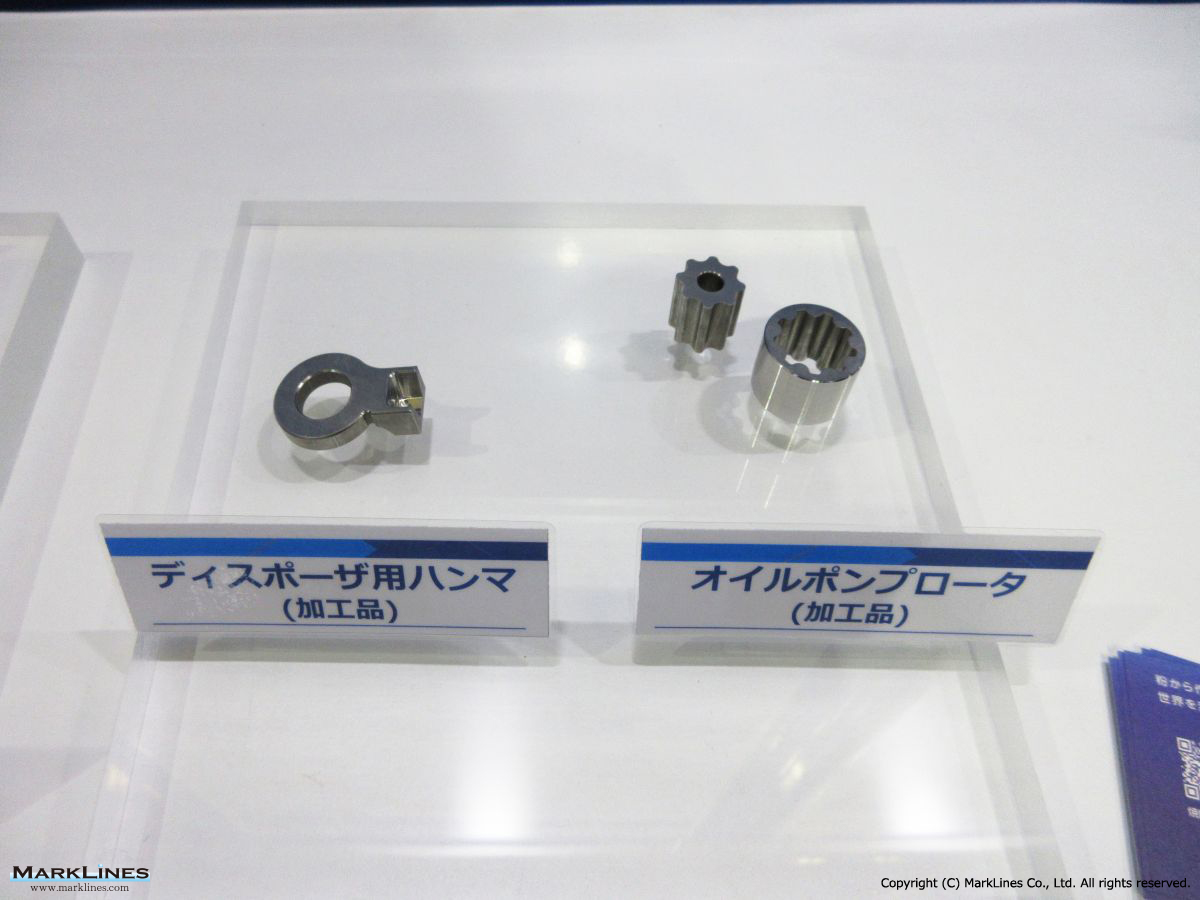
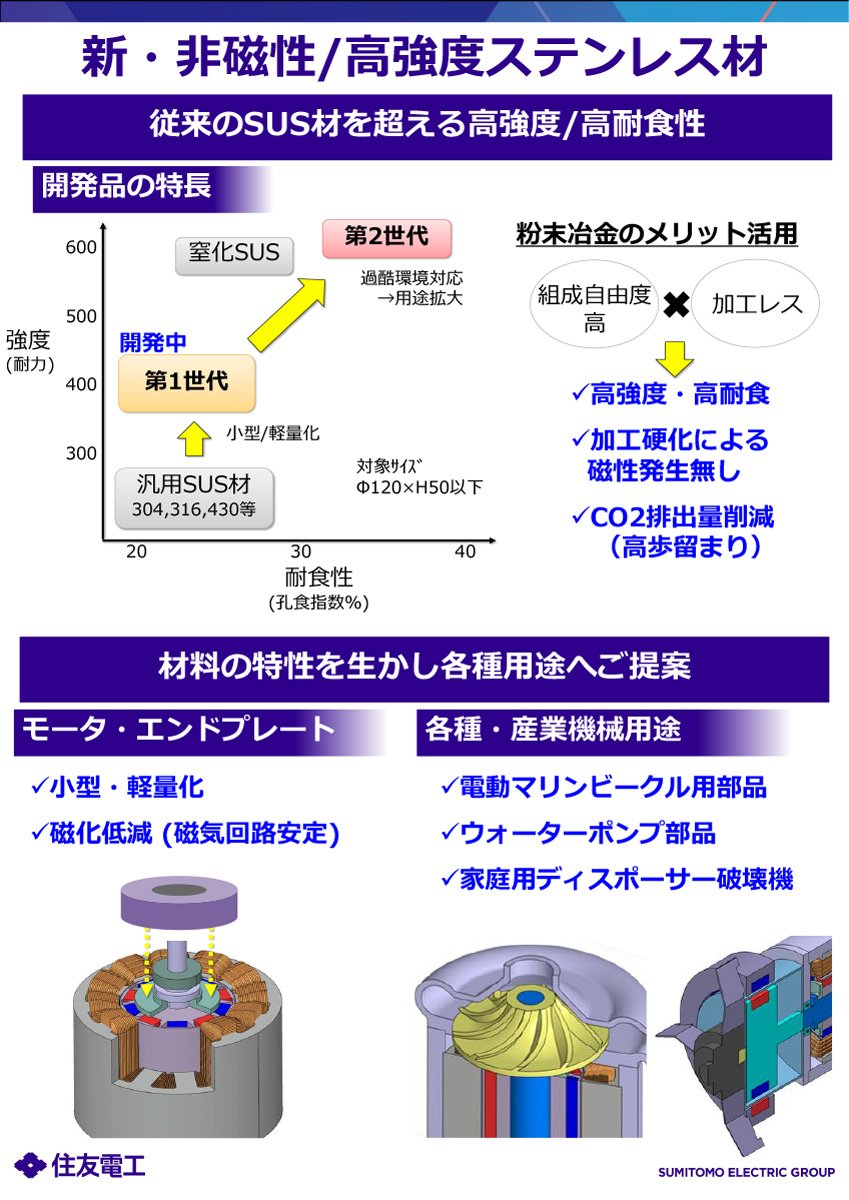
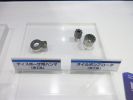
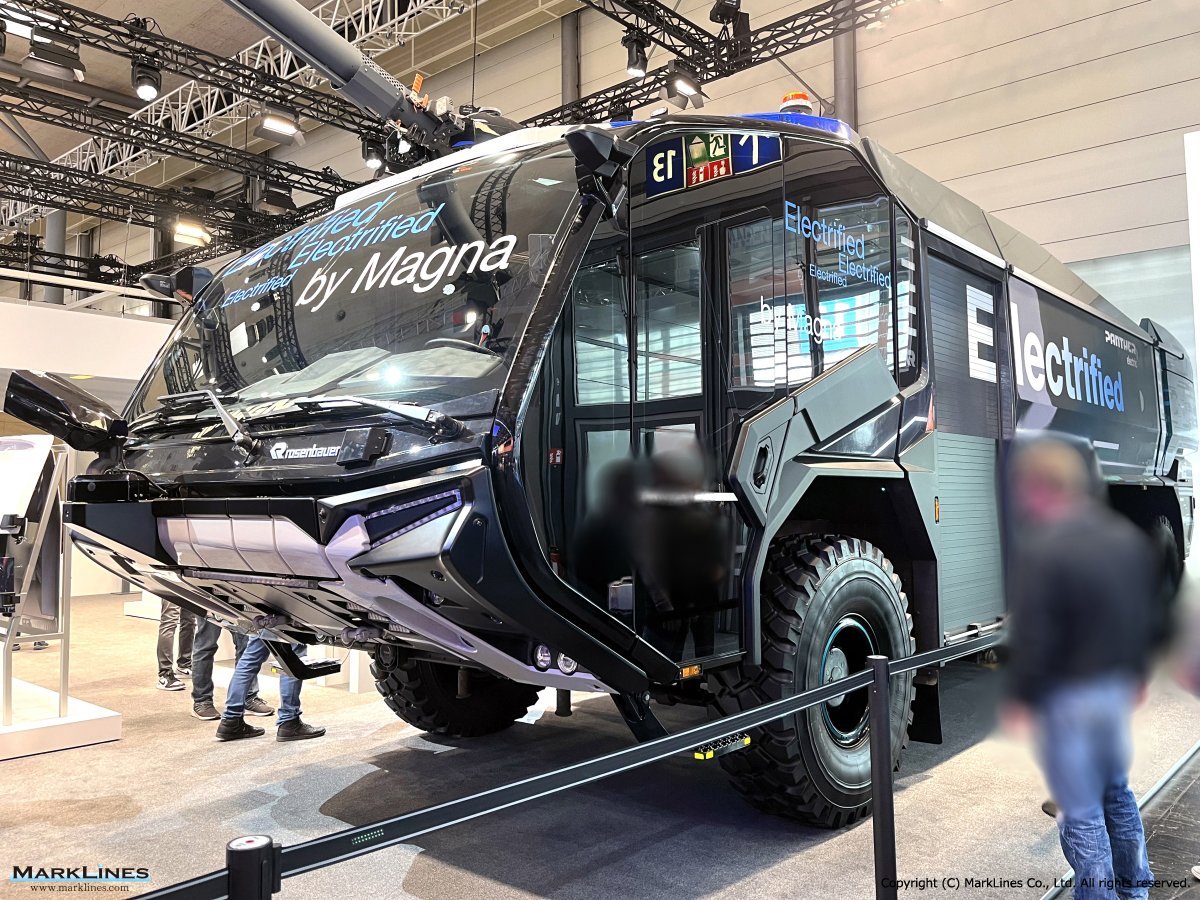
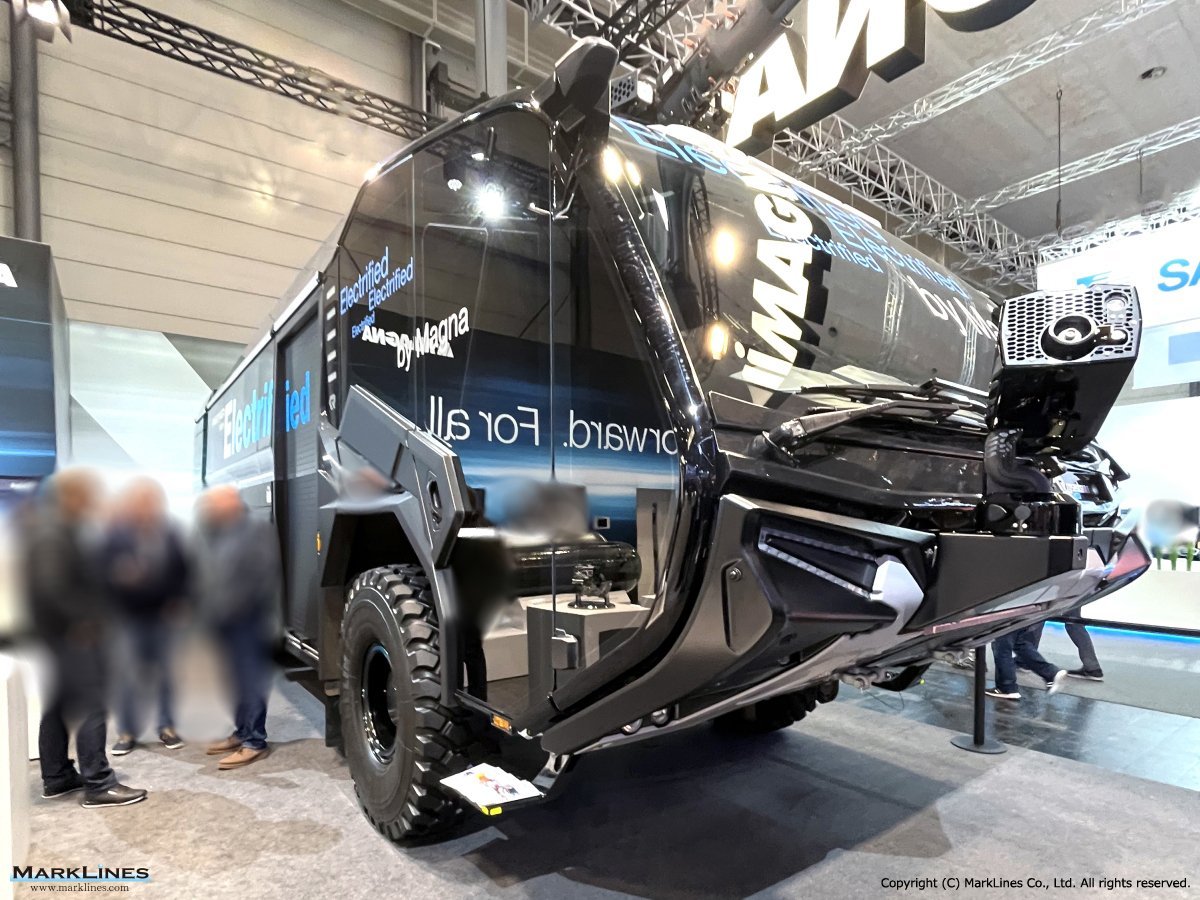
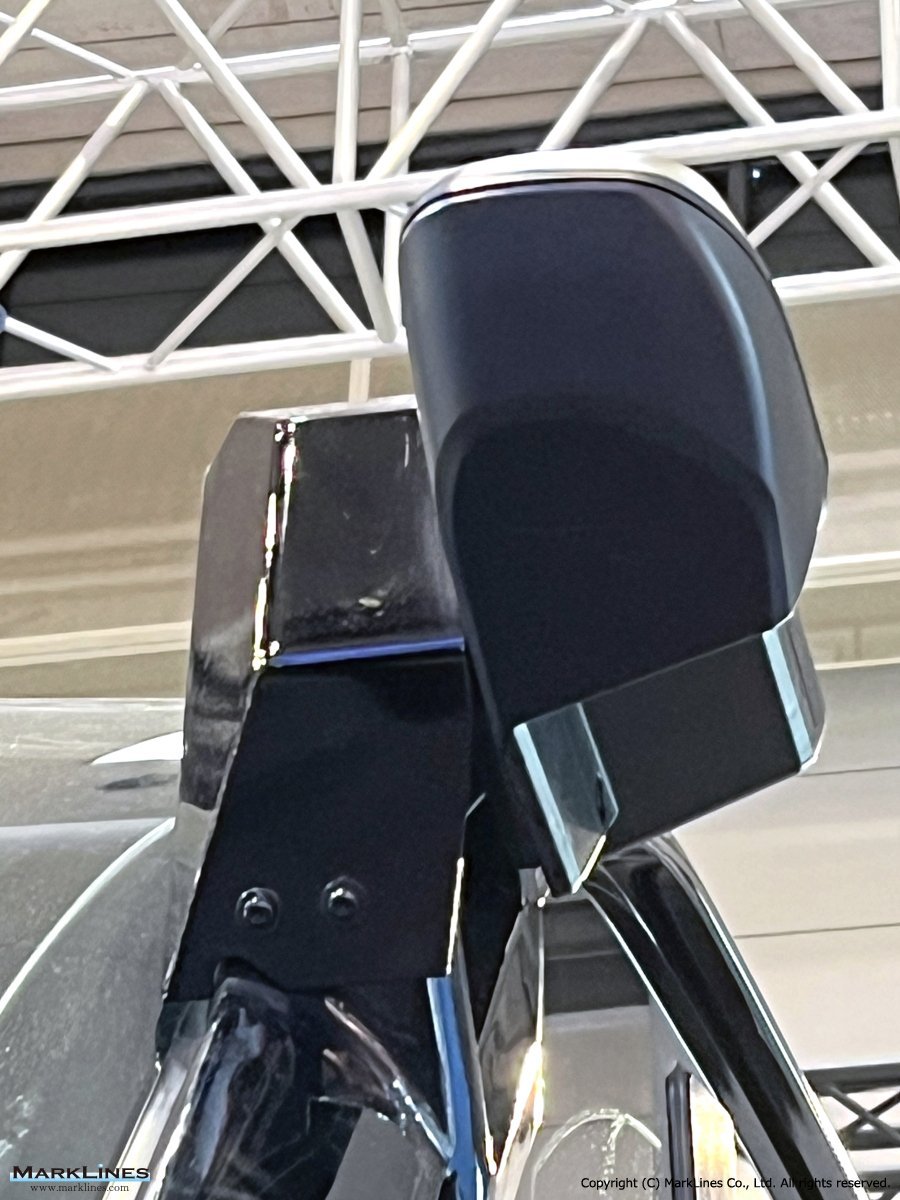
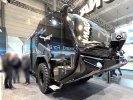
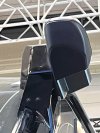
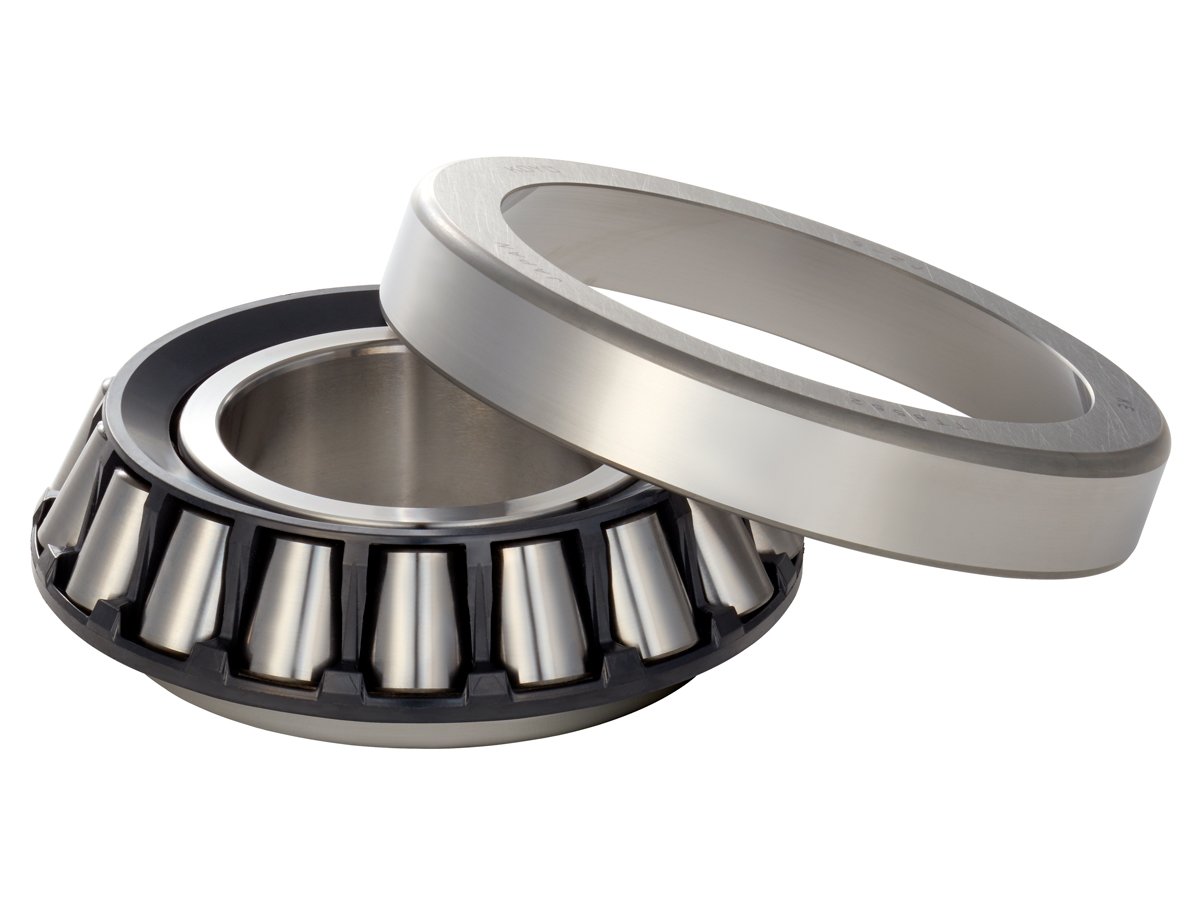
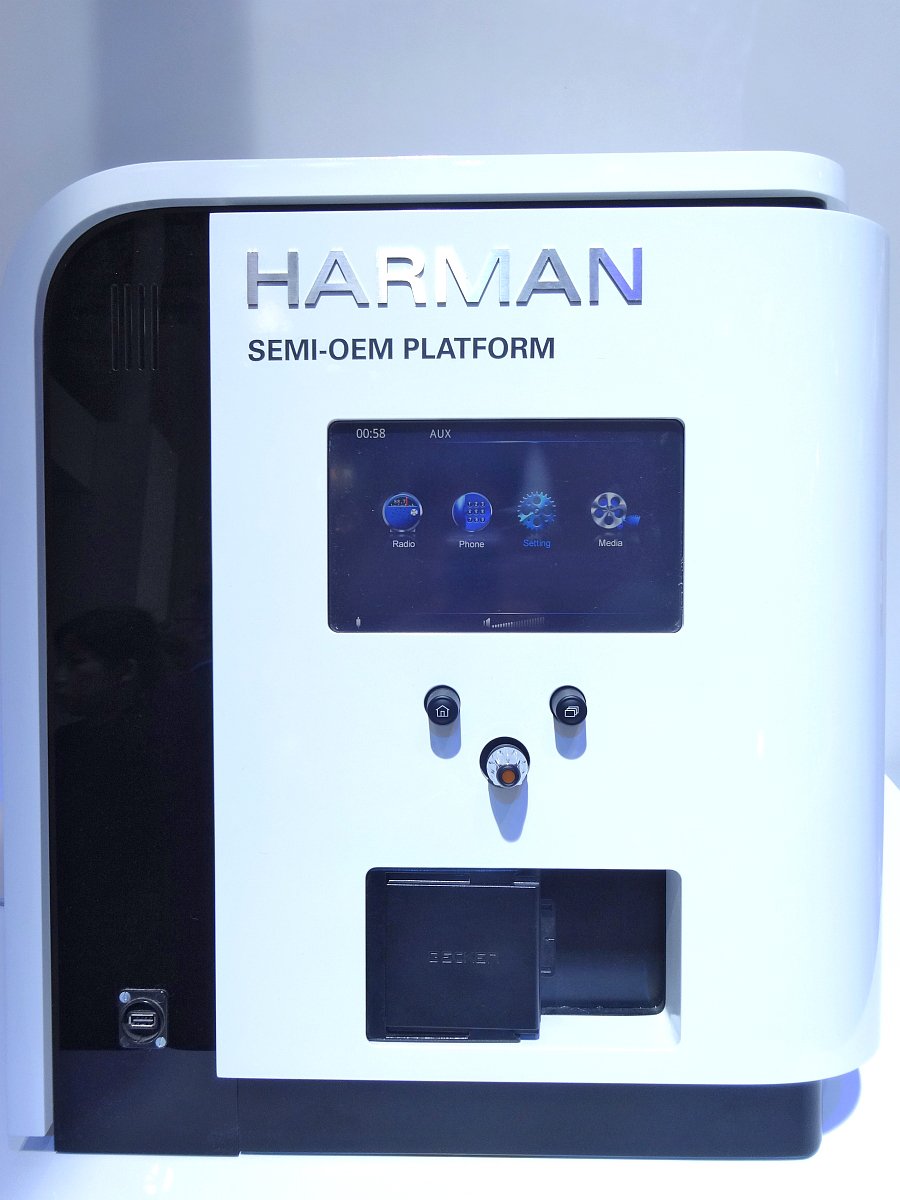
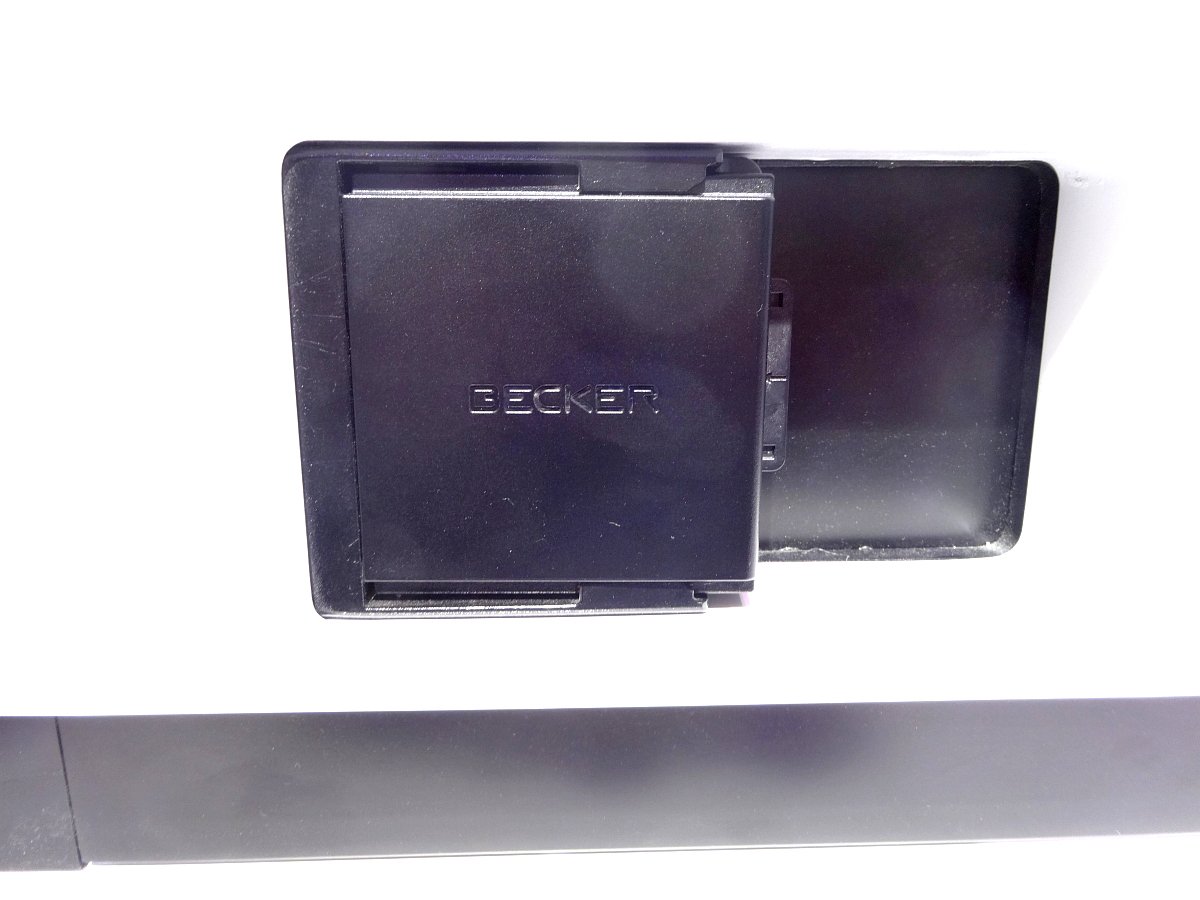
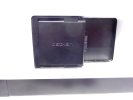
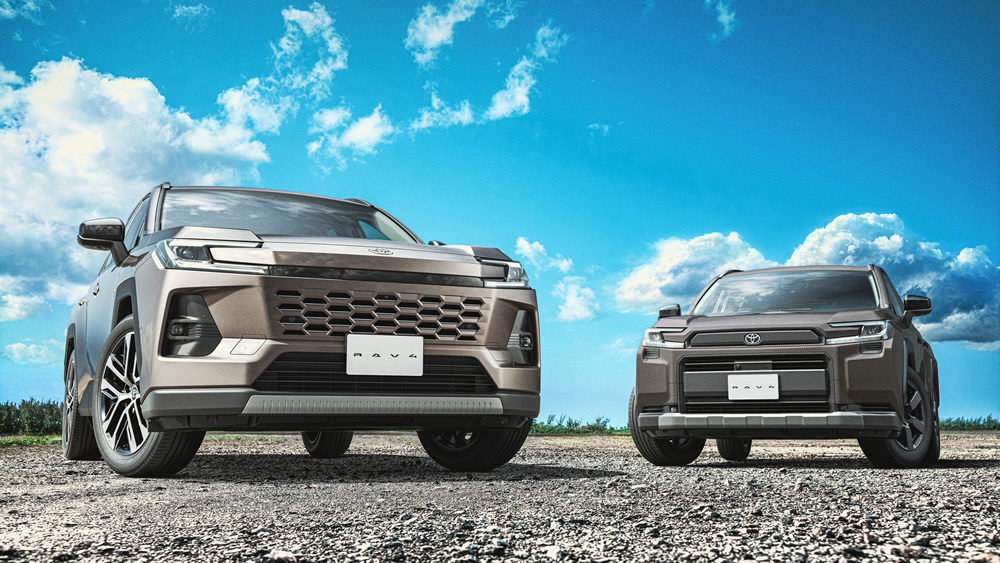
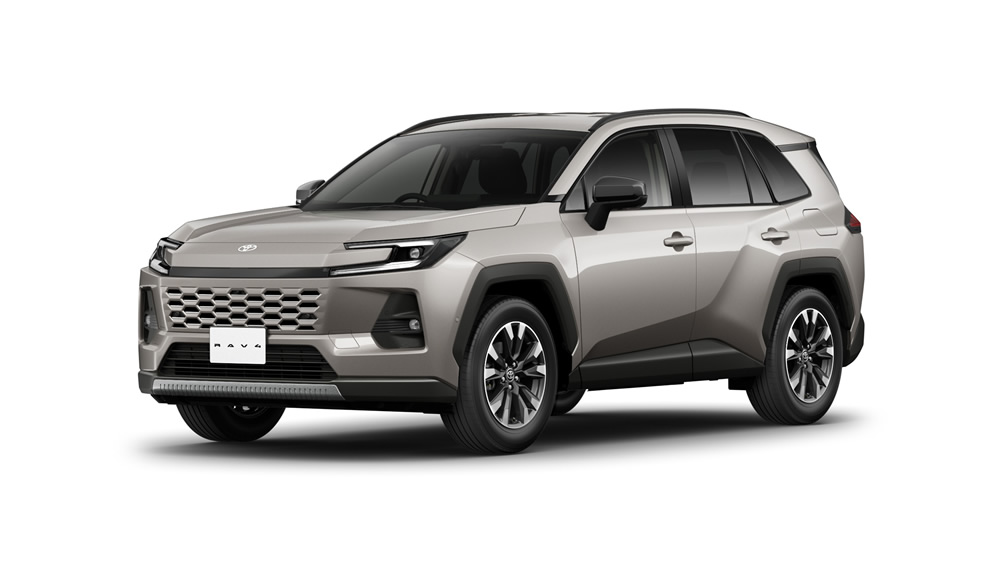
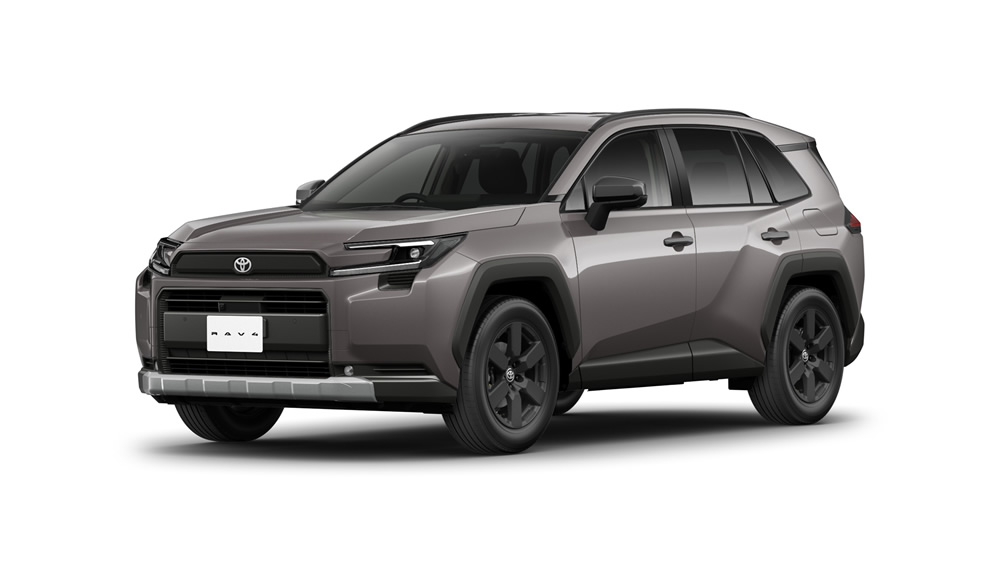
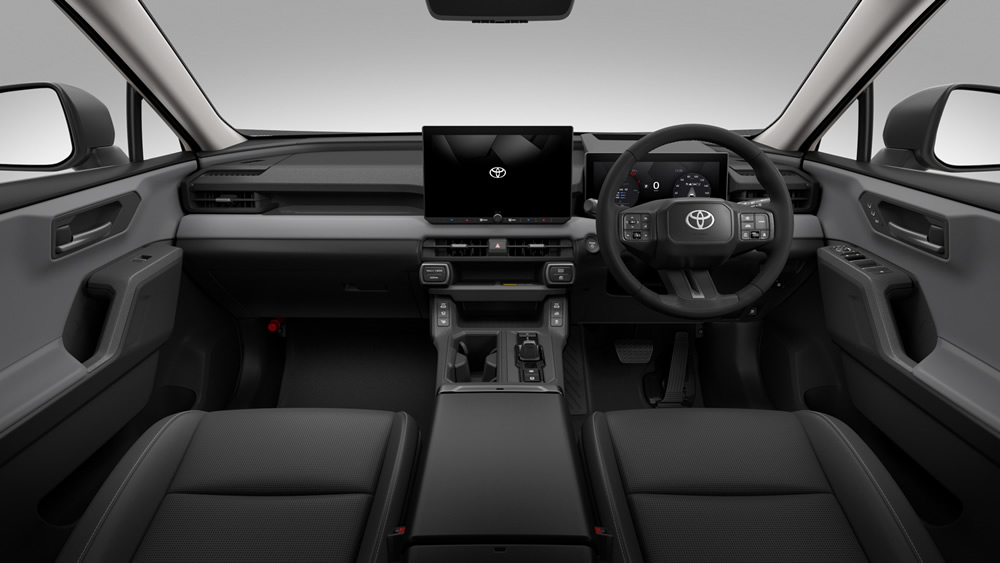
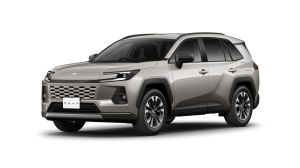
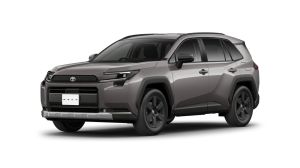
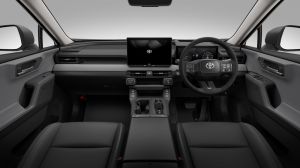
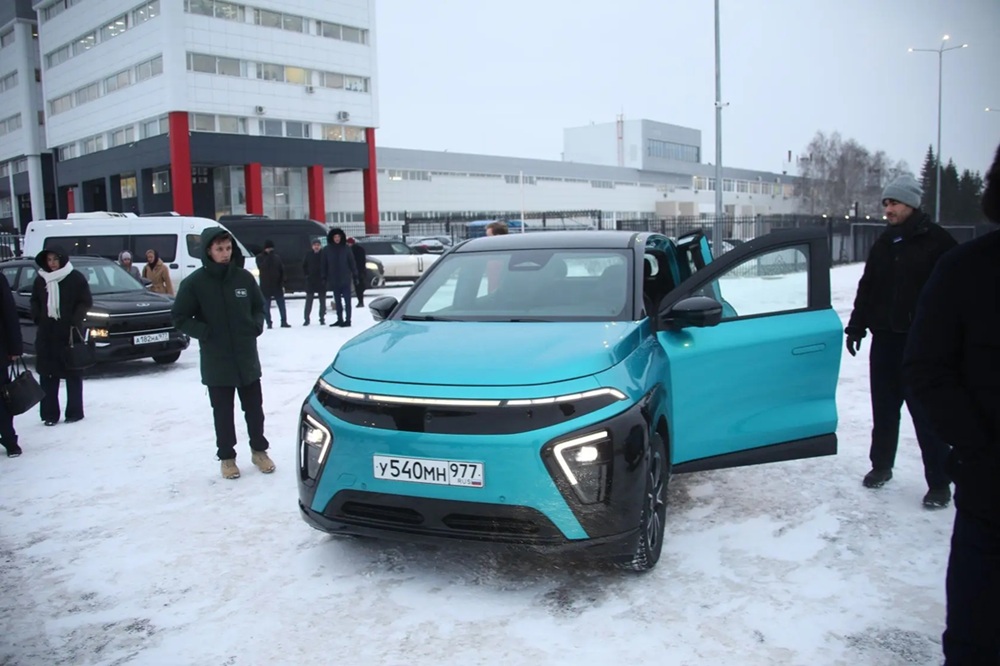

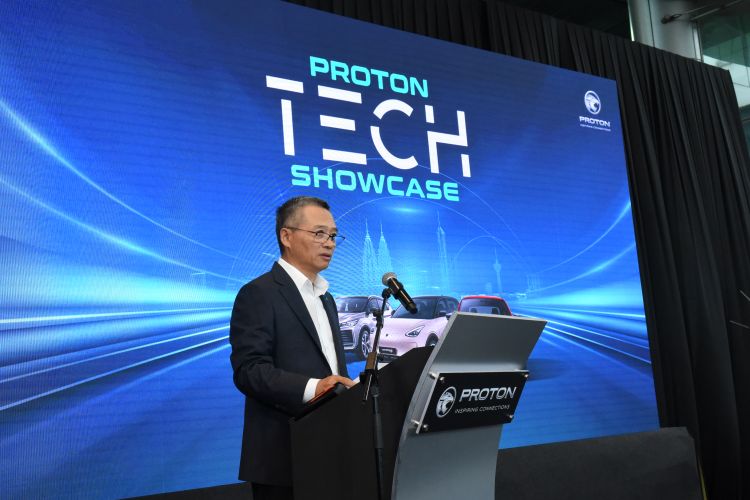
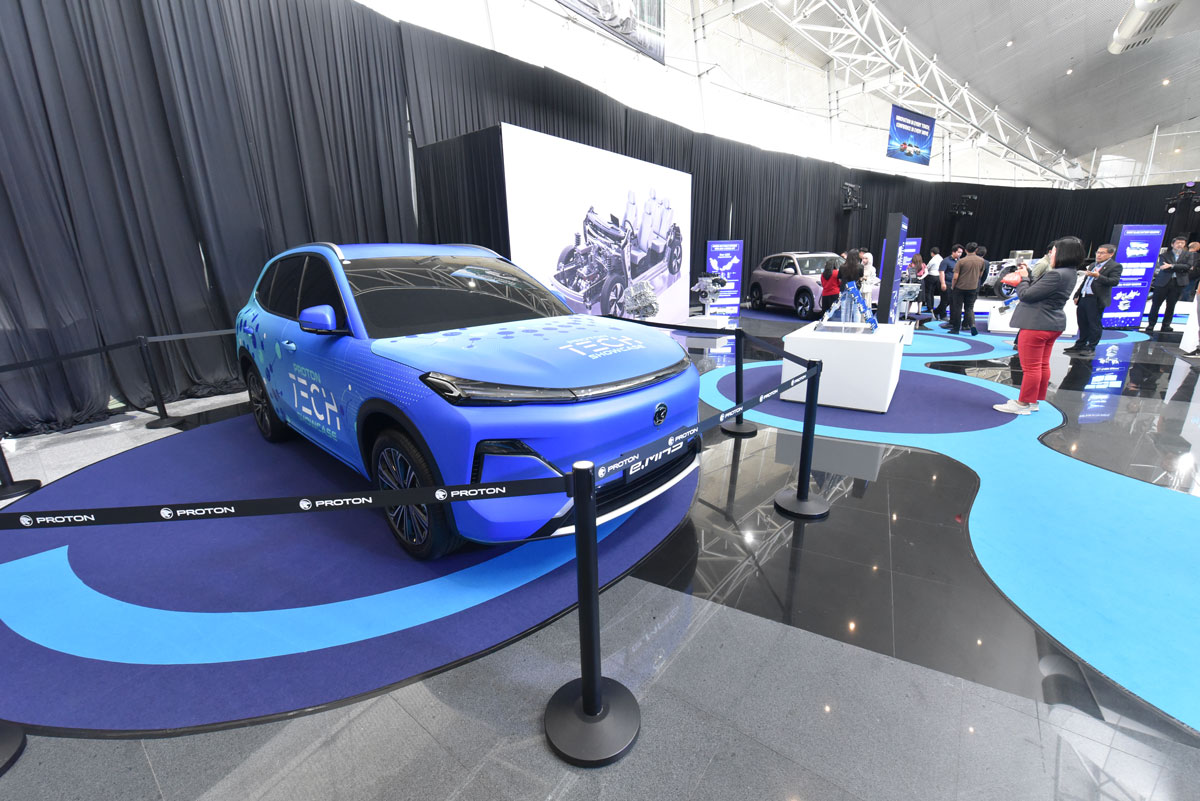
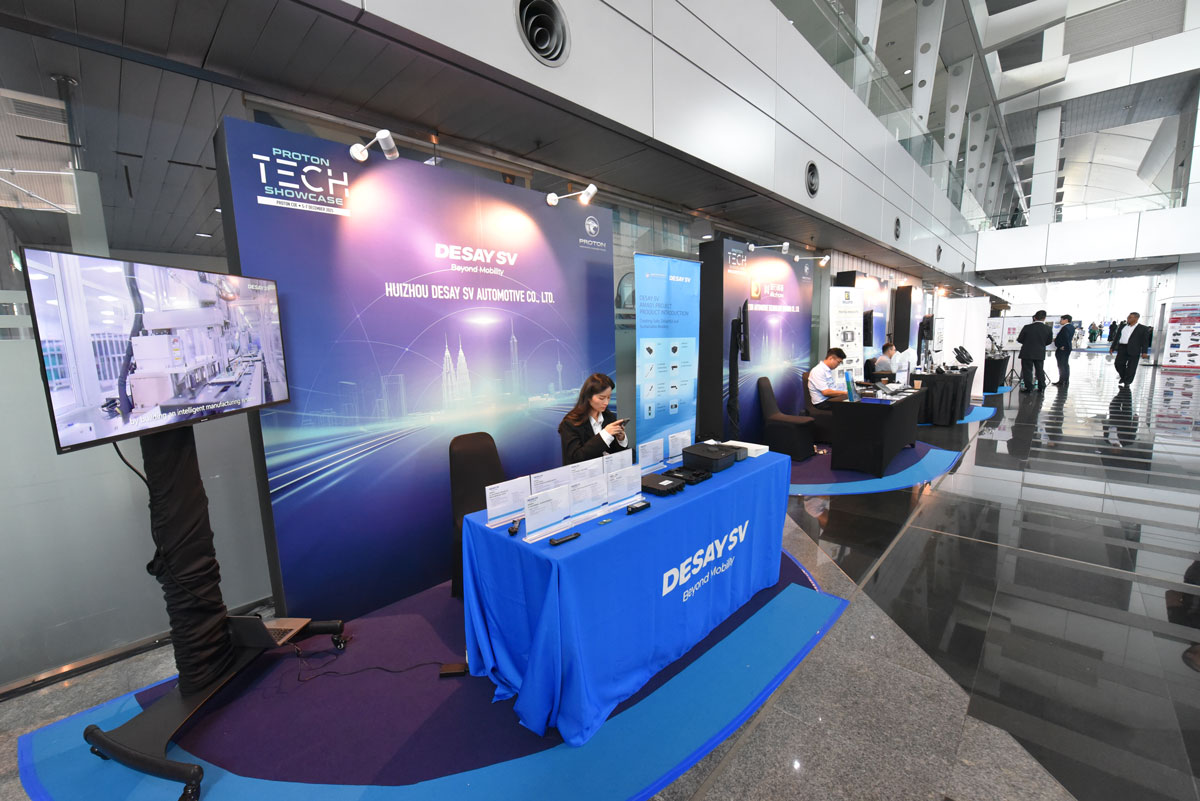
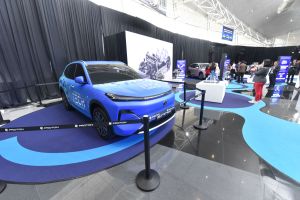

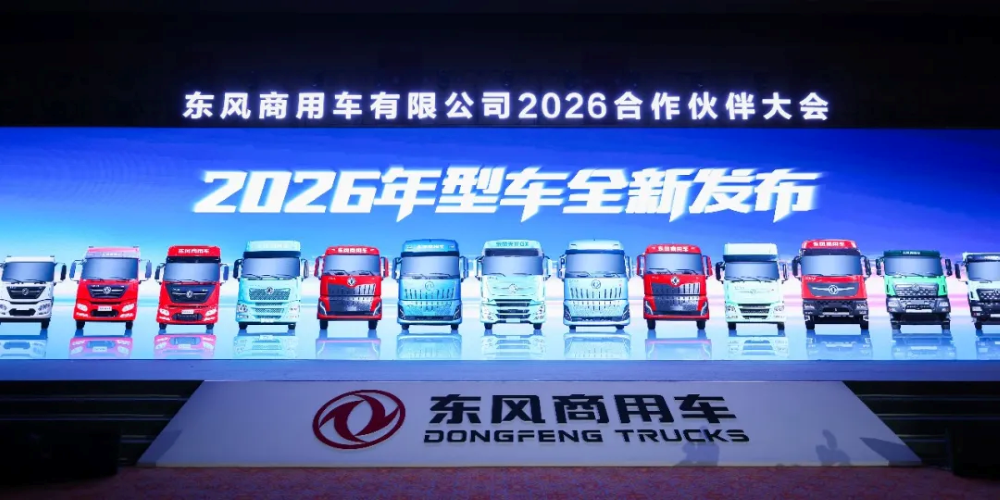
 Japan
Japan USA
USA Mexico
Mexico Germany
Germany China (Shanghai)
China (Shanghai) Thailand
Thailand India
India